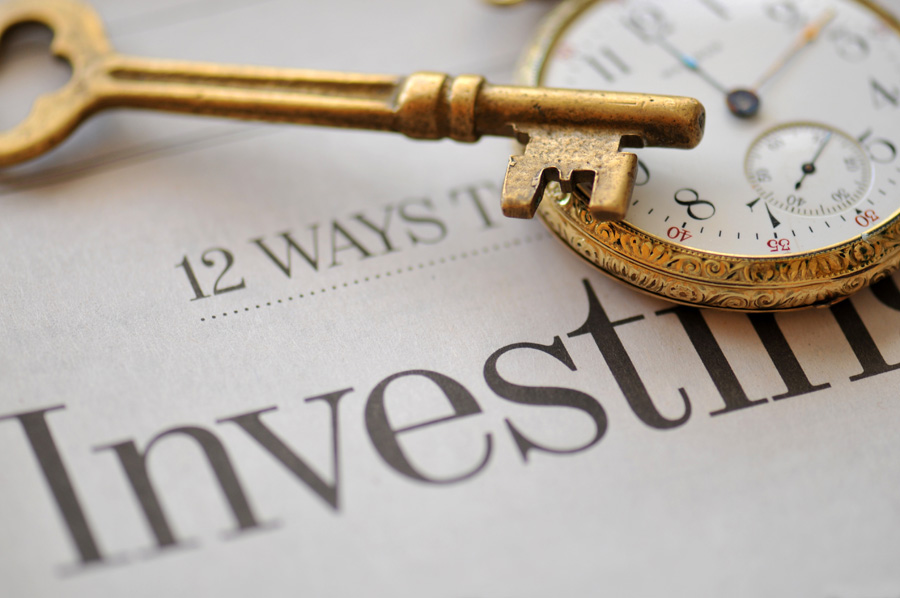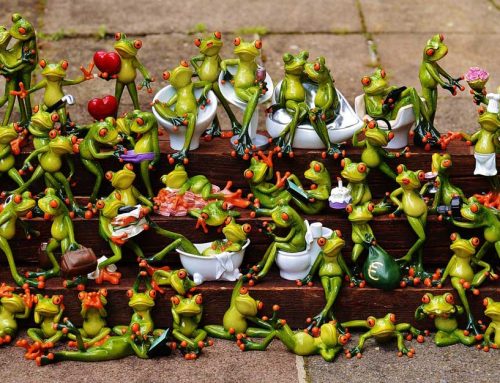An item’s investment value shouldn’t be your first consideration.
I have more than a casual interest in antiques and art. I am an amateur collector and have friends who are highly valued appraisers of select areas. As such, one of the resources I rely on is WorthPoint, which Wikipedia describes as “The WorthPoint Corporation, founded by Will Seippel in April 2007, is the largest resource for researching, valuing and buying/selling antiques, art and vintage collectibles.[1] WorthPoint is an online resource for researching and valuing antiques, art and collectibles while WorthPoint’s Marks and Library product, is an online resource for investigating makers’ marks as well as accessing a library of virtual books from leading publishers on a wide range of collecting topics.”
Upon opening a recent posting from WorthPoint, I came across an article by Wayne Jordan on art and antiques as an investment and thought I would pass on the essentials to you.
Should you want to read the article in its entirety just go to Investment or impulse: Art and antiques don’t act like blue chip stocks.
I have never considered the items in my own collection as investments, other than some numismatics I have purchased for my grandchildren and godchildren. Nor have I encouraged others to do so. I think that one should collect what one finds interesting, meaningful, and/or beautiful. However I do realize that there is a huge market in antiques as investments and that some of you may have invested in them or may be considering such an addition to your investment portfolio.
There has been some wonderfully high appreciation in antiques and art that we have all read about in news items from the larger auction houses. And there are firms that specialize in advising investors on adding such items to their portfolios. In recent years it seems as though these investments have brought much more modest returns for the investor than they did 15 years or more ago.
Prior to investing here, I think you should consider the fact that the art and antique market is not regulated in any way close to that of stocks and bonds. Reputable dealers stand behind the authenticity of their items, but not the value at sale or in the future. Jordan says “The antiques, art and collectibles businesses are not regulated in the least. In fact, they are the Wild, Wild West. No oversight exists; neither is there any accountability unless someone commits fraud and gets caught. Most fraudulent transactions aren’t caught soon enough to prosecute anyone. Clearly, a “regulated market” doesn’t exist.”
Of course, as with any investment, you will want to do your own research as to what the current market for similar items might be, whether you are considering art, coins, antiques, or anything in this general area. Again I quote Jordan “Are ‘all sales’ publicly reported? Of course not. It’s not as if you can pick up a daily newspaper and read the consolidated collectibles auction results. But, enough results are reported in other publications to enable collector-investors to make a judgement call about a selling price and price trends for thousands of items. Artnet.com has more than 10 million art auction results going back to 1985. WorthPoint has an impressive database for art, antiques, and collectibles price results from dozens of online and offline sellers, plus a catalog of maker’s marks, points of connoisseurship, and reference library.”
Individuals and private vendors are not required to, and most of the time do not, report to anyone concerning their sales and acquisitions. The two sources referenced above are excellent and most of the better known auction houses have similar services.
Often the question of circumstances arising that require your asset to be liquidated becomes critical. Either your estate now needs to do so, or you may want to realize cash, or perhaps substitute alternative investments for your art and antiques. Liquidating these items can be a complex and costly undertaking. Auction houses and private firms can extract a large commission for providing this service (sometimes reaching 40% or more of the realized sale price) and to catalogue and schedule a sale or find the ideal purchaser can take some time. Of course one can always sell immediately on such services as eBay, but that can be tricky as well, since authentication, pictures, condition, and eventual successful delivery are all your responsibility with no guarantee of price.
In sum, I whole-heartedly agree with Mr. Jordan’s conclusion of “What’s the bottom line on buying art and antiques as investments? My opinion is that an item’s investment value shouldn’t be your first consideration. Instead, buy something because it’s beautiful, functional or has a story to tell. Buy an item for its intrinsic value. But, if your desire is to build an investment “portfolio” of collectibles, use a reliable database to assist with your decision.”









